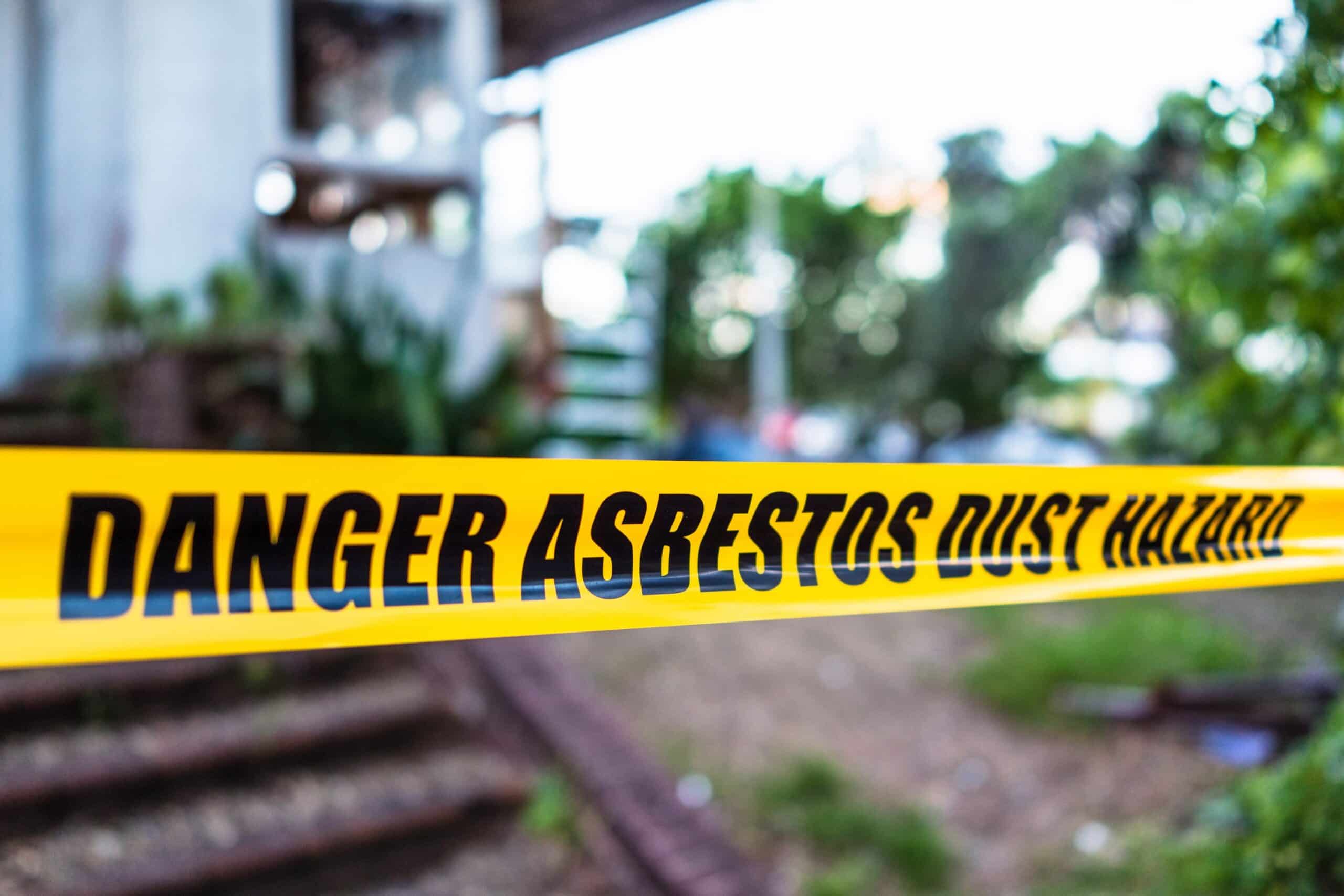Free Consultation
Free Consultation

Most people know that they should make sure their insulation doesn’t contain asbestos. However, this dangerous material can also be found in other common household items and materials.
Here are some of the most common places the material can be found in homes, and what you can do if you think you have been affected by asbestos.
Pipe Coverings
Blankets or tape around ducts for boilers, steam pipes, and furnaces may contain asbestos.
Gaskets
If seals are worn on gaskets in stoves and furnaces, asbestos fibers may be released into the air.
Artificial Ashes
Gas-fired fireplaces often have an artificial log and ashes inside, and they may contain asbestos.
Wall Treatments
Certain materials sprayed on ceilings and walls can contain asbestos. Textured paints, patching materials, and joint compounds can also be affected.
Flooring
Floor tiles made from rubber, vinyl, or asphalt are common culprits. The adhesives and backing on vinyl floors can contain asbestos fibers.
Siding, Shingles, and Roofing Materials
These items do not pose a major risk unless they are cut, drilled, or otherwise perforated.
Older Household Items
Hairdryers, fireproof gloves, ironing board covers, and certain stove-top pads manufactured prior to 1989 may contain asbestos.
Automobile Parts
Your automobile’s brake pads, brake linings, gaskets, and clutch facings may contain asbestos.
Gardening Products
It’s safest to buy premixed potting soil that contains vermiculite. If you must mix it yourself, make sure you work outdoors in a well-ventilated area, keep the mixture moist, wear a mask, and remove clothing before returning indoors.
If you breathe in asbestos particles, you may not experience adverse effects for up to 30 years from the initial exposure. However, asbestos inhalation is the cause of mesothelioma, a rare cancer that affects the lining of the lungs. It can also cause other cancers and fatal diseases.
Unfortunately, scientists didn’t discover these health risks for many years, and asbestos was used in all kinds of products up until the 1970s and 1980s. Since 1989, all new uses of asbestos have been banned. The main use now is in roofing shingles, gaskets, and a few other products.
Only a trained professional can detect asbestos particles, using a special microscope. Inexpensive testing is available from certified labs across the U.S. and right here in NYC.
If you live in an older home or do your own remodeling projects, you may be exposed to asbestos when the fibers are disturbed. If materials are in good condition and you leave them alone, you should be reasonably safe. The highest risk of exposure occurs when a material is sanded, sawed, scraped, or broken open and the fibers are released into the air.
Under no circumstances should you attempt to remove asbestos-containing products yourself. There is no known safe exposure level. An asbestos abatement contractor is the professional to call for asbestos removal.
The contractor will seal or cover the asbestos-containing material so the fibers are kept from being released into the air. They will remove the material and replace it with safe products, depending on the situation. Then the affected material will be properly disposed of in an EPA-approved landfill only for hazardous materials.
It’s important to consult with an experienced New York asbestos attorney immediately if you have suffered injury or illness due to asbestos. Contact us today for your free case review.